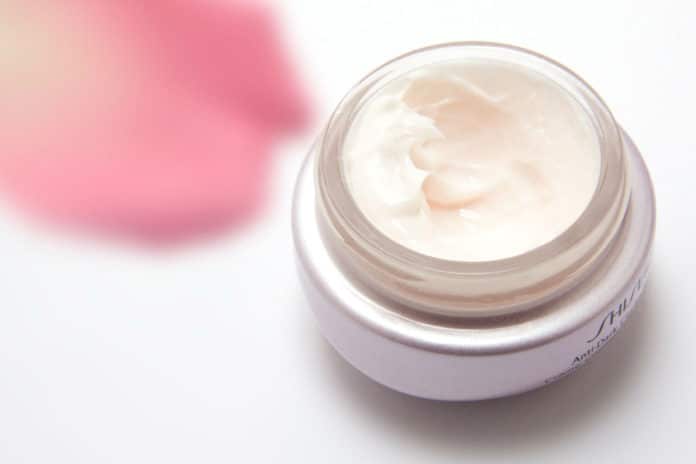Beauty products- everything from shampoo to makeup to cologne- can help you feel on top of your game. They can also cause irritated skin or an allergic reaction. Problems can range from simple rashes to full-blown allergic reactions. But how they trigger the reaction has remained somewhat mysterious.
A new study sheds light on the way some chemicals displace natural fats in skin cells may clarify how many common ingredients trigger allergic contact dermatitis, and encouragingly, recommends another approach to treat the condition.
Why some chemicals trigger dermatitis is a mystery?
Dermatitis is a general term that describes a skin irritation. It usually involves itchy, dry skin, or a rash on swollen, reddened skin. Poison ivy rash is a type of allergic contact dermatitis.
The reaction starts if the immune system’s T cells recognize a chemical as foreign. Research suggests that, for the most part, small compounds must bind to a bigger protein to get noticeable to T cells, and scarcely any synthetic substances do this by experiencing a chemical reaction inside our body.
Study co-leader Annemieke de Jong, Ph.D., assistant professor of dermatology at Columbia University Vagelos College of Physicians and Surgeons, said, “However, many small compounds that trigger allergic contact dermatitis lack the chemical groups needed for this reaction to occur.”
“These small chemicals should be invisible to T cells, but they’re not.”
Subhed: Skin cells unmask allergy-inducing chemicals
Scientists suspected that CD1a, an abundant molecule on the skin’s Langerhans cells (invulnerable cells in the skin’s external layer) might be responsible for making these chemicals visible to T cells.
The study was conducted on human cells in tissue culture. What scientists found is that several common chemicals known to trigger allergic contact dermatitis were able to bind to CD1a molecules on the surface of Langerhans cells and activate T cells.
These chemicals were Balsam of Peru and farnesol. Overall, the scientists identified more than a dozen small compounds that activated T cells through CD1a.
de Jong said, “Our work shows how these chemicals can activate T cells, but since we did not do a patient study, we have to be cautious about claiming that this is definitively how it works in allergic patients. The study does pave the way for follow up studies to confirm the mechanism in allergic patients and design inhibitors of the response.”
New Ideas for Treatment
CD1a molecules usually bind the skin’s own naturally generating fats. These fats, making a physical obstruction that anticipates CD1a from cooperating with T cells.
Based on structural work done at Monash University, farnesol, one of the allergens identified in this study, was shown to hide inside the tunnel of CD1a, displacing the resident natural fats.
de Jong said, “This displacement makes the CD1a surface visible to the T cells resulting in an immune reaction.”
“This discovery raises the possibility that allergic contact dermatitis could be stopped by applying competing fats to the skin to displace ones triggering the immune reaction. From previous studies, we know the identity of several fats that can bind to CD1a but won’t activate T cells.”
The study was led by researchers at Columbia University Irving Medical Center, the Brigham and Women’s Hospital, and Monash University and published online today in Science Immunology.
